Home>Gardening & Outdoor>Landscaping Ideas>What To Put In A Raised Garden Bed For Soil
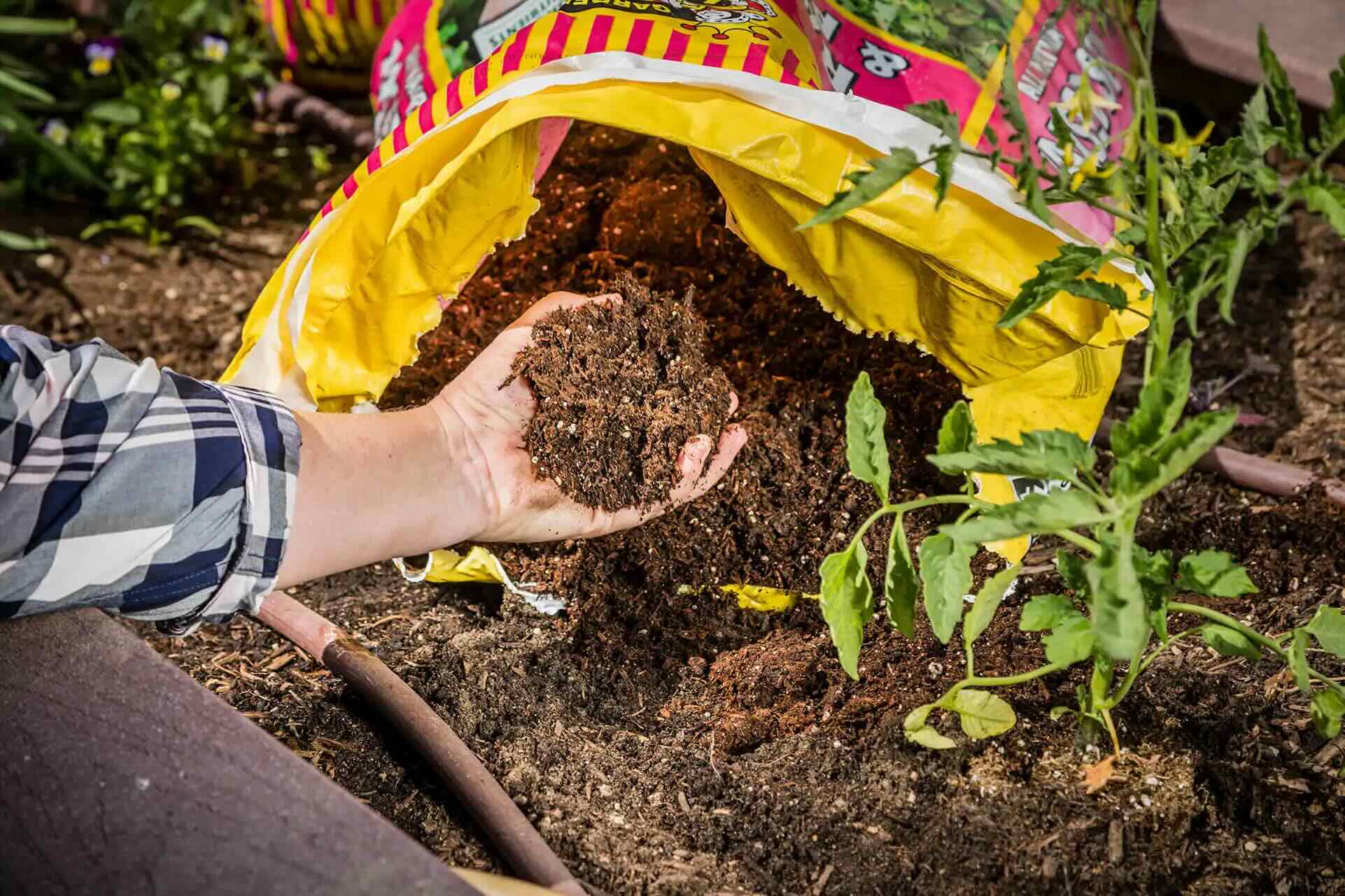

Landscaping Ideas
What To Put In A Raised Garden Bed For Soil
Published: January 31, 2024
Discover the best soil mix for raised garden beds and improve your landscaping with our expert tips. Find out what to put in a raised garden bed for optimal plant growth.
(Many of the links in this article redirect to a specific reviewed product. Your purchase of these products through affiliate links helps to generate commission for Storables.com, at no extra cost. Learn more)
Introduction
Raised garden beds are a fantastic way to elevate your gardening game and make the most of your outdoor space. Whether you're a seasoned gardener or just starting out, these elevated planters offer a host of benefits and opportunities for cultivating a thriving garden. By understanding the essentials of what to put in a raised garden bed for soil, you can set the stage for a successful and bountiful harvest.
When it comes to gardening, the soil is the foundation of it all. In a raised garden bed, the soil mix you choose plays a crucial role in the overall health and productivity of your plants. By carefully selecting and preparing the right soil mix, you can create an optimal environment for your plants to flourish.
In this comprehensive guide, we'll delve into the key components that make up an ideal soil mix for raised garden beds. From the benefits of raised garden beds to the specific components that can enhance your soil, we'll explore everything you need to know to create a thriving garden space. Whether you're aiming to grow vibrant flowers, delicious vegetables, or fragrant herbs, the insights shared here will empower you to make informed decisions about your raised garden bed soil. So, let's roll up our sleeves and dig into the world of raised garden beds and soil preparation!
Key Takeaways:
- Elevate your gardening game with raised garden beds, offering improved drainage, soil quality, pest control, weed suppression, accessibility, extended growing season, and aesthetic appeal for a thriving garden space.
- Create a nutrient-rich soil mix for raised garden beds by combining topsoil, compost, peat moss, perlite, organic fertilizers, pH adjusters, and earthworm castings. Each component fosters healthy plant growth and bountiful harvests.
Benefits of Raised Garden Beds
Raised garden beds offer a myriad of advantages that make them a popular choice for gardeners of all levels. Here are some of the key benefits:
-
Improved Drainage: Raised garden beds provide excellent drainage, preventing waterlogging and soil compaction. This is especially beneficial in areas with heavy rainfall, as excess water can easily drain away, reducing the risk of root rot and other water-related issues.
-
Better Soil Quality: By using a specific soil mix tailored to your plants' needs, you can ensure optimal soil quality in a raised garden bed. This allows for better root development and nutrient absorption, leading to healthier and more productive plants.
-
Enhanced Pest Control: Raised garden beds can be easier to protect from pests, such as slugs and snails, as well as burrowing animals like moles and gophers. Additionally, the contained environment makes it simpler to implement pest control measures, reducing the risk of damage to your crops.
-
Weed Suppression: The raised structure of garden beds makes it more challenging for weeds to encroach on your plants. This can significantly reduce the time and effort required for ongoing weed management, allowing you to focus on nurturing your garden instead.
-
Accessibility: The elevated design of raised garden beds makes them more accessible, particularly for individuals with mobility issues. This accessibility can enhance the overall gardening experience, making it easier to plant, tend, and harvest without excessive bending or kneeling.
-
Extended Growing Season: The soil in raised garden beds tends to warm up faster in the spring, allowing for earlier planting and an extended growing season. Additionally, the raised structure can offer some protection from late frosts, enabling you to start planting earlier in the year.
-
Aesthetic Appeal: Raised garden beds can add visual interest to your outdoor space, creating defined and organized garden areas. They can be customized to complement your overall landscape design, adding a touch of elegance and structure to your garden.
By understanding and leveraging these benefits, you can harness the potential of raised garden beds to create a flourishing and enjoyable gardening experience. Whether you're aiming to grow vibrant flowers, delicious vegetables, or fragrant herbs, raised garden beds offer a versatile and practical solution for cultivating a thriving garden.
Choosing the Right Soil Mix
When it comes to raised garden beds, the soil mix you choose is a critical factor in the success of your plants. Unlike traditional in-ground gardening, where you work with the existing soil, raised garden beds allow you to have complete control over the composition of the soil. This presents a valuable opportunity to tailor the soil mix to the specific needs of your plants, creating an optimal growing environment.
The ideal soil mix for raised garden beds should strike a balance between water retention, drainage, aeration, and nutrient content. It should provide a stable foundation for plant roots while allowing for efficient nutrient uptake and moisture management. To achieve this, a combination of different components is typically used to create a well-rounded soil mix.
One common approach is to use a blend of topsoil, compost, and other organic materials. Topsoil forms the base of the mix, providing a solid structure and essential minerals. Compost, on the other hand, enriches the soil with organic matter, improving its texture, fertility, and moisture retention capabilities. Additionally, incorporating materials such as peat moss, coconut coir, or vermiculite can further enhance the soil's ability to retain moisture and promote aeration.
It's important to consider the specific requirements of the plants you intend to grow when selecting the components for your soil mix. For example, plants that thrive in well-draining soil, such as succulents and herbs, may benefit from the addition of coarse sand or perlite to improve drainage. On the other hand, moisture-loving plants like certain vegetables and flowers may require a higher proportion of organic matter to maintain adequate moisture levels.
Furthermore, the pH level of the soil is a crucial factor to consider. Most plants prefer a slightly acidic to neutral pH range for optimal growth. Therefore, incorporating materials like lime or sulfur can help adjust the pH of the soil to suit the needs of specific plants.
By customizing the soil mix to accommodate the unique requirements of your plants, you can create an environment that fosters healthy root development, robust growth, and bountiful harvests. Understanding the characteristics of different soil components and how they interact with each other is key to formulating a well-balanced and nutrient-rich soil mix for your raised garden beds.
In the next section, we'll explore the specific components that can be added to the soil to enhance its structure, fertility, and overall performance in a raised garden bed.
Components to Add to the Soil
Creating a nutrient-rich and well-structured soil mix for your raised garden bed involves incorporating a variety of components that work together to support plant growth and vitality. By understanding the role of each component, you can tailor the soil mix to meet the specific needs of your plants, ensuring a conducive environment for healthy root development and abundant yields.
1. Topsoil:
Topsoil forms the foundation of the soil mix, providing essential minerals and a solid structure for plant roots to anchor and spread. It serves as the base layer, offering stability and support while contributing to the overall nutrient content of the soil.
2. Compost:
Compost is a valuable addition that enriches the soil with organic matter, enhancing its texture, fertility, and moisture retention capabilities. It also promotes beneficial microbial activity, contributing to the overall health of the soil ecosystem. The organic matter in compost provides a source of slow-release nutrients, supporting long-term plant growth.
3. Peat Moss or Coconut Coir:
These materials are excellent for improving moisture retention in the soil mix. Peat moss, in particular, has high water-holding capacity, helping to keep the soil consistently moist. Coconut coir, derived from coconut husks, is a sustainable alternative that also aids in moisture retention while promoting aeration.
4. Perlite or Vermiculite:
Incorporating perlite or vermiculite into the soil mix enhances its aeration and drainage properties. These lightweight, porous materials help prevent soil compaction and improve root oxygenation, creating a favorable environment for healthy root growth.
5. Organic Fertilizers:
Organic fertilizers, such as well-decomposed manure or plant-based compost, contribute essential nutrients to the soil. They provide a balanced and slow-release source of nitrogen, phosphorus, and potassium, supporting overall plant health and vigor.
Read more: What Is A Raised Garden Bed
6. Lime or Sulfur:
Adjusting the pH of the soil is crucial for ensuring optimal nutrient availability to plants. Adding lime can raise the pH of acidic soil, while sulfur can lower the pH of alkaline soil. Maintaining the appropriate pH level promotes efficient nutrient uptake and overall plant vitality.
7. Earthworm Castings:
Earthworm castings, often referred to as "black gold," are rich in beneficial microorganisms, enzymes, and plant nutrients. They improve soil structure, enhance nutrient availability, and promote robust root development, making them a valuable addition to the soil mix.
By combining these components in the right proportions, you can create a well-balanced soil mix that fosters optimal plant growth and resilience. The synergy of these components contributes to improved soil structure, enhanced fertility, and a supportive environment for a thriving garden in your raised beds.
Conclusion
In conclusion, the soil mix you choose for your raised garden bed plays a pivotal role in the overall success of your gardening endeavors. By understanding the unique benefits of raised garden beds and the essential components that contribute to an optimal soil mix, you can create a nurturing environment for your plants to thrive.
Raised garden beds offer a host of advantages, including improved drainage, enhanced soil quality, better pest control, weed suppression, accessibility, extended growing seasons, and aesthetic appeal. These benefits empower gardeners to overcome common challenges and create a flourishing garden space that aligns with their specific needs and preferences.
When it comes to selecting the right soil mix for raised garden beds, a thoughtful blend of topsoil, compost, organic materials, and amendments tailored to the needs of your plants is key. The soil mix should strike a balance between water retention, drainage, aeration, and nutrient content, providing a stable foundation for healthy root development and robust plant growth.
By incorporating components such as topsoil, compost, peat moss, perlite, organic fertilizers, pH adjusters, and earthworm castings, you can create a nutrient-rich and well-structured soil mix that supports the vitality of your plants. Each component contributes to the overall health and resilience of the soil, fostering an environment conducive to thriving plant growth and bountiful harvests.
In the world of raised garden beds, the soil is the cornerstone of success. By investing time and attention into crafting a well-balanced and nutrient-rich soil mix, you can set the stage for a rewarding gardening experience. Whether you're cultivating vibrant flowers, delicious vegetables, or fragrant herbs, the right soil mix can make all the difference in nurturing healthy, resilient, and productive plants.
As you embark on your raised garden bed journey, remember that the soil is not just a medium for plant growth; it's a living ecosystem that sustains and nourishes your garden. By embracing the principles of soil health and leveraging the benefits of raised garden beds, you can create a thriving garden space that brings joy, beauty, and abundance to your outdoor oasis. So, roll up your sleeves, get your hands dirty, and let the magic of raised garden beds and nutrient-rich soil take your gardening aspirations to new heights.
Frequently Asked Questions about What To Put In A Raised Garden Bed For Soil
Was this page helpful?
At Storables.com, we guarantee accurate and reliable information. Our content, validated by Expert Board Contributors, is crafted following stringent Editorial Policies. We're committed to providing you with well-researched, expert-backed insights for all your informational needs.
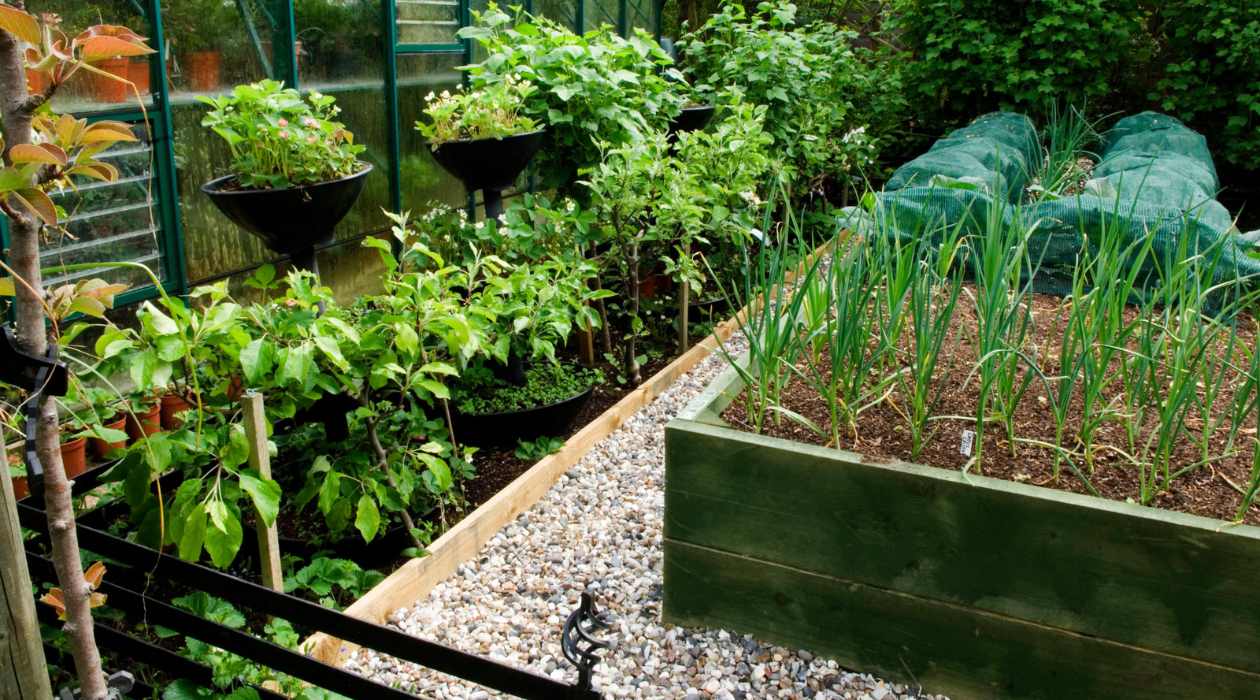
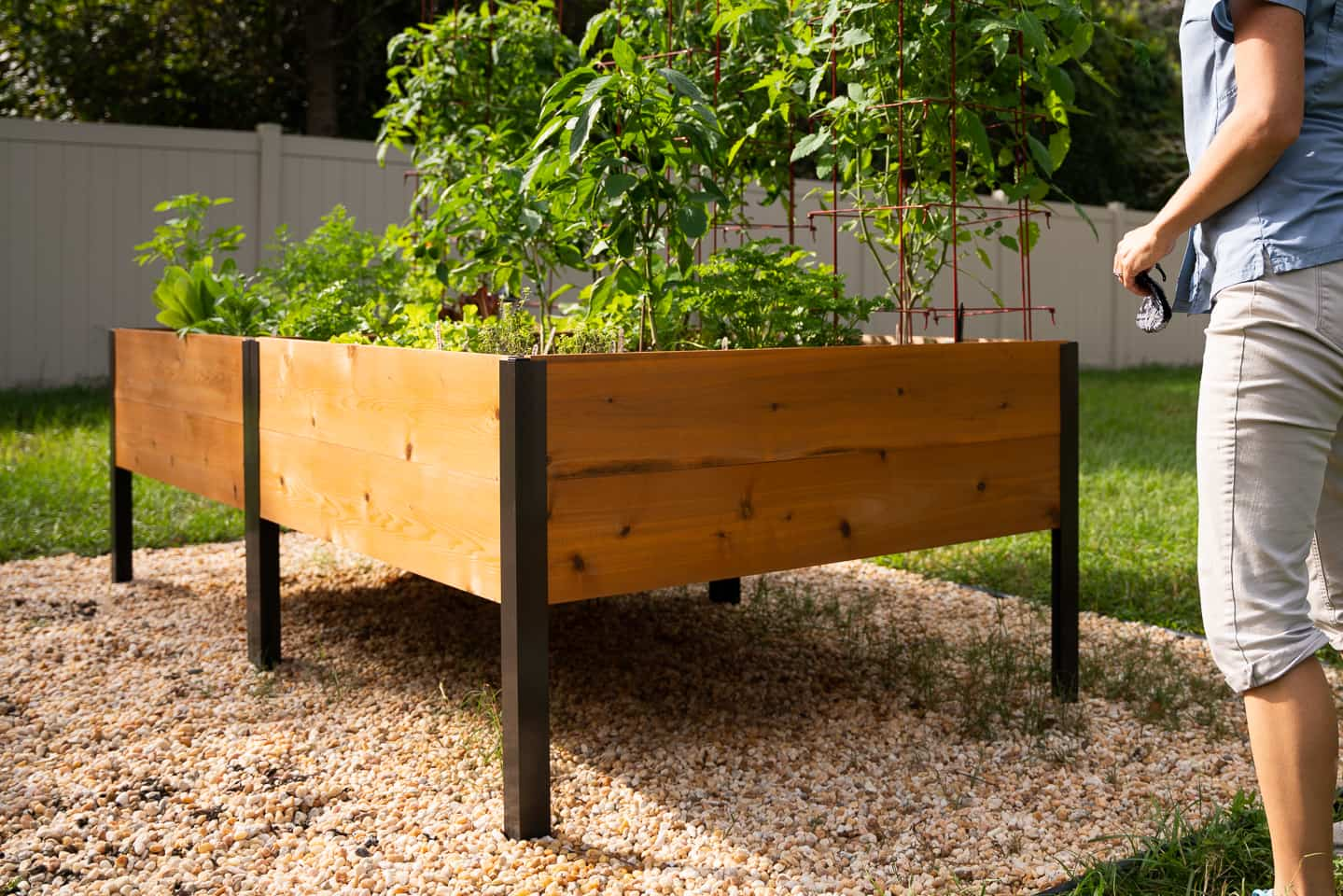
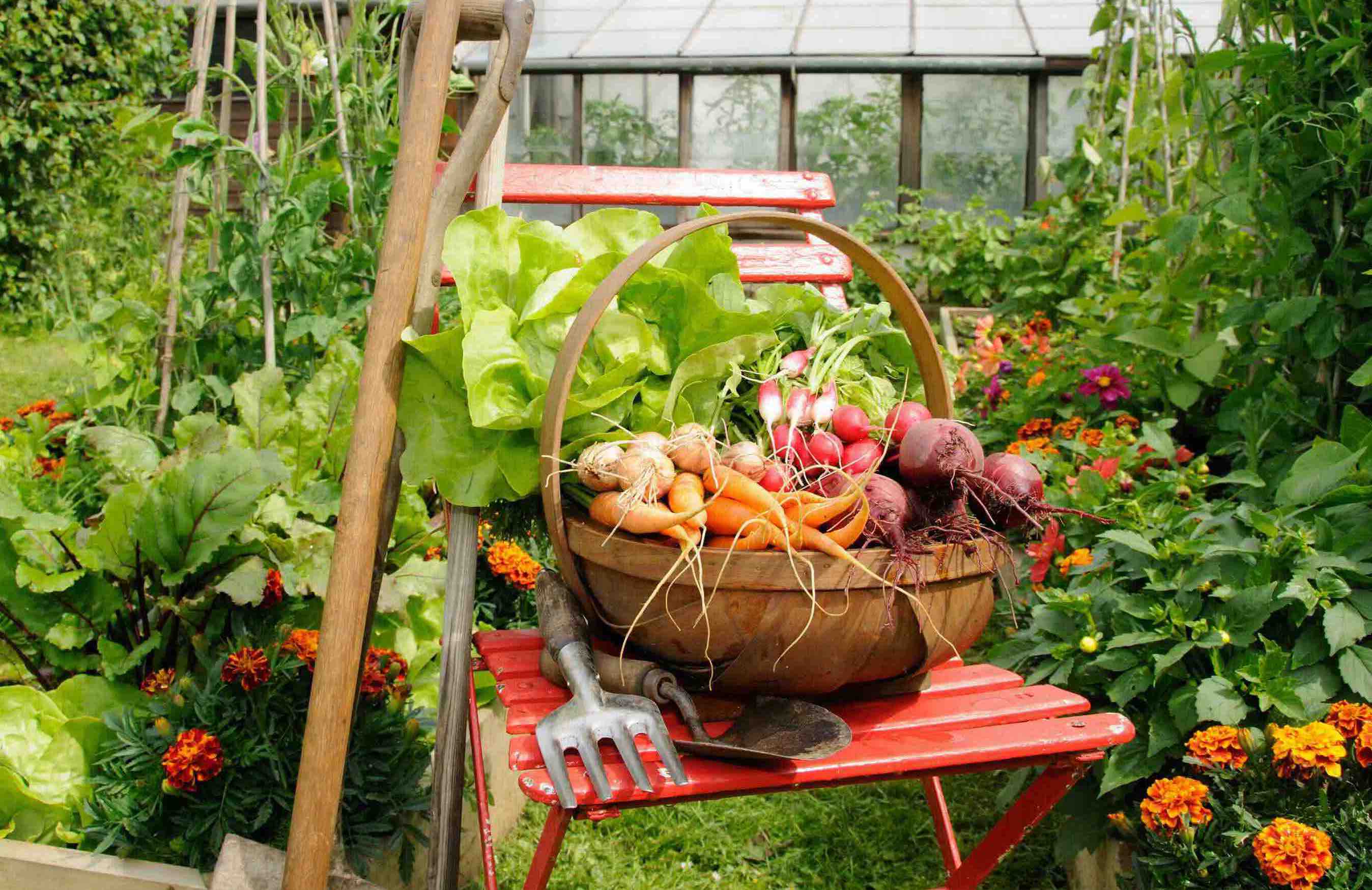
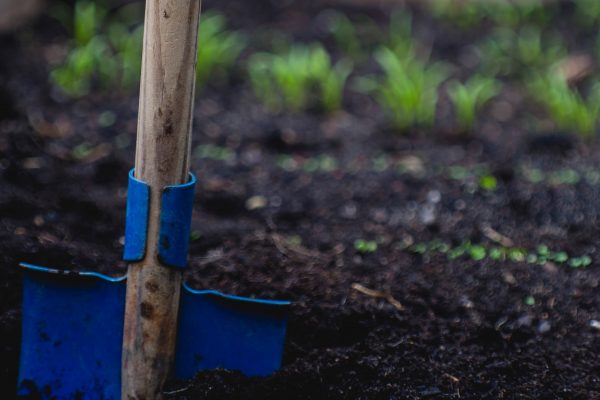
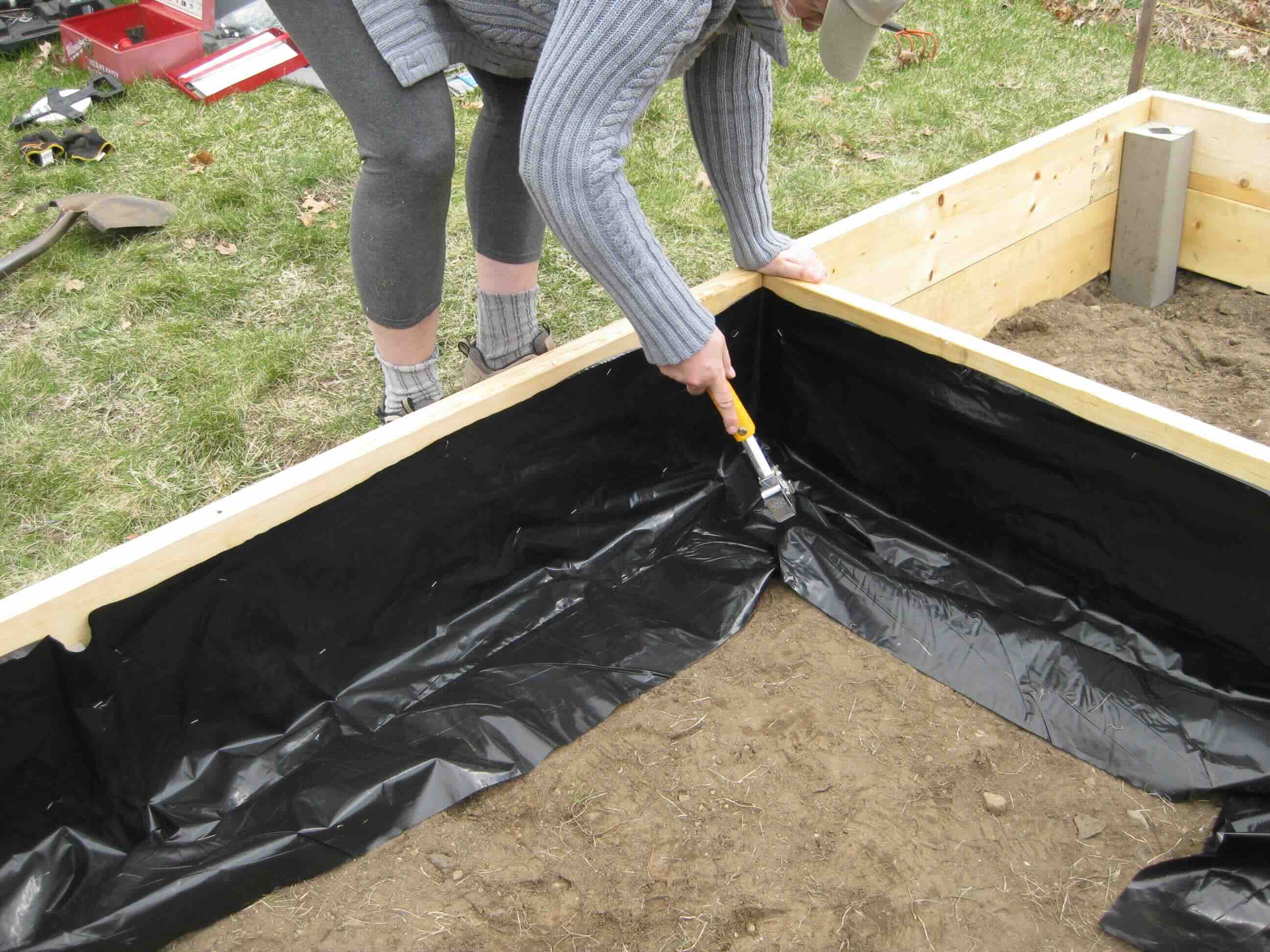
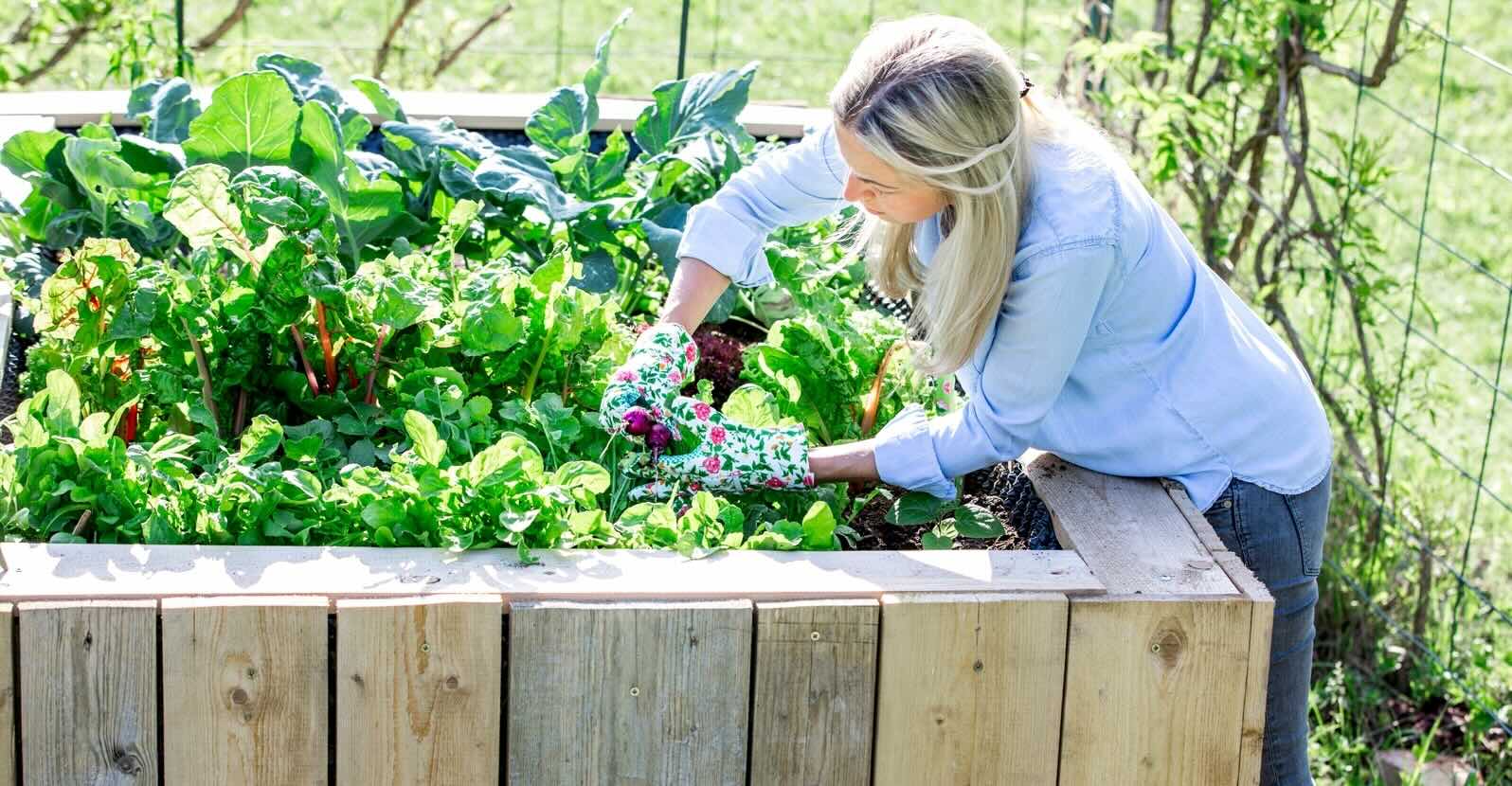
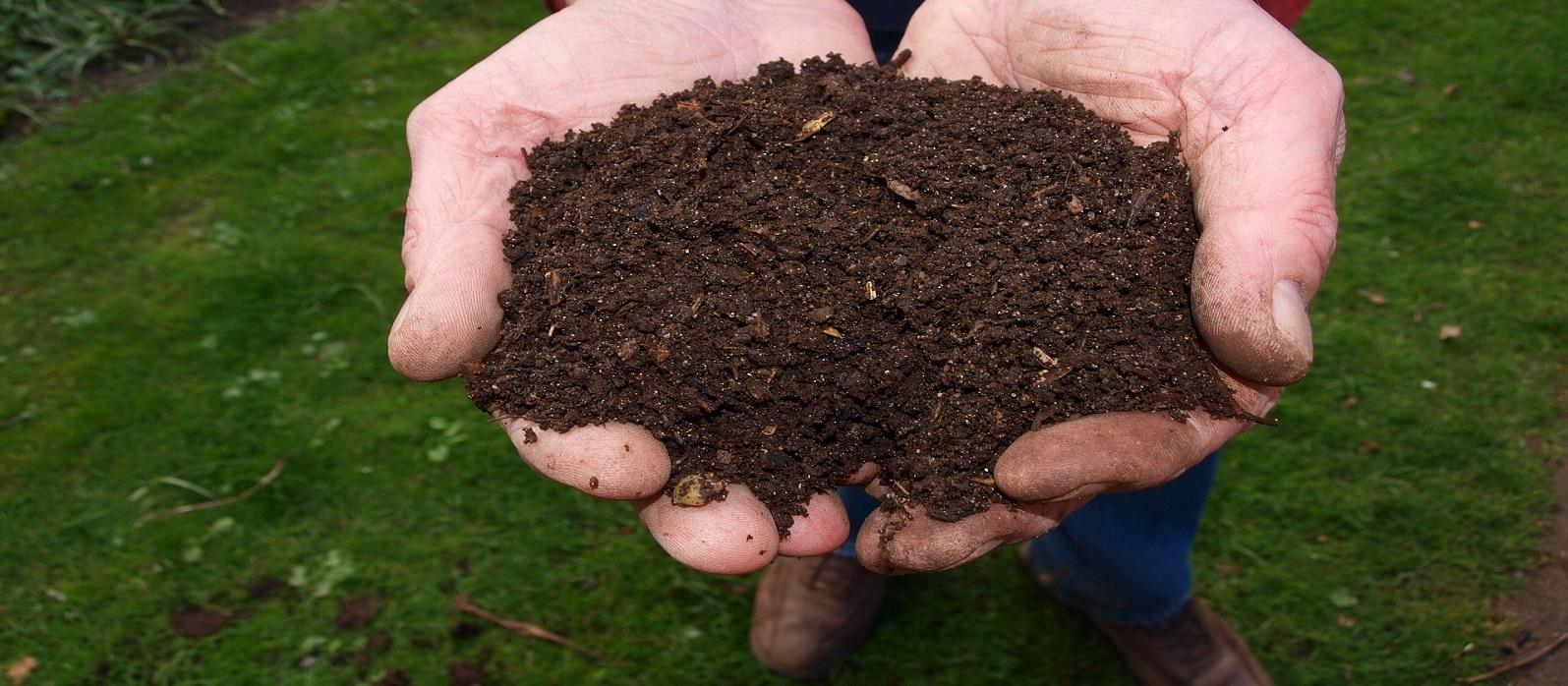
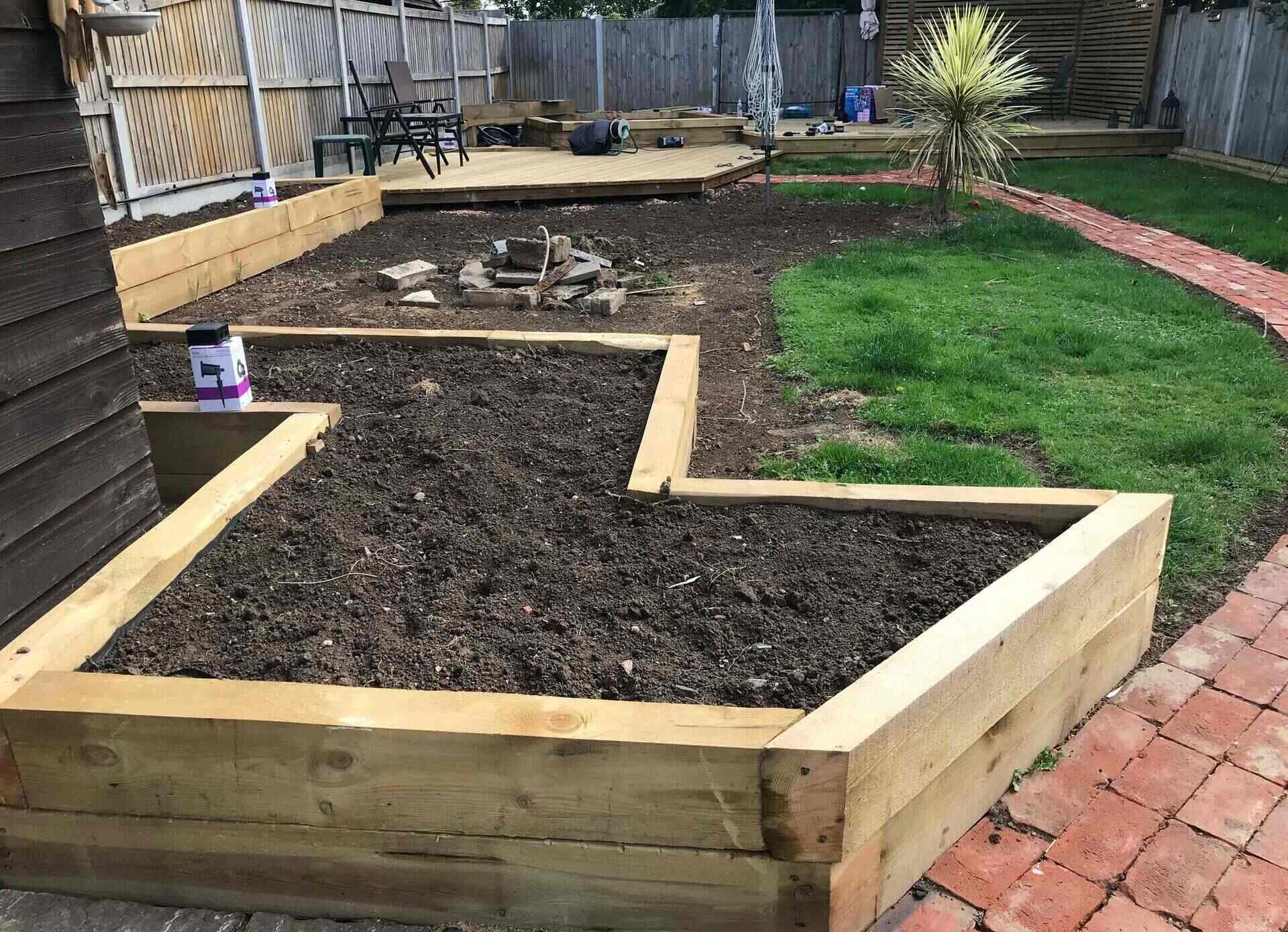
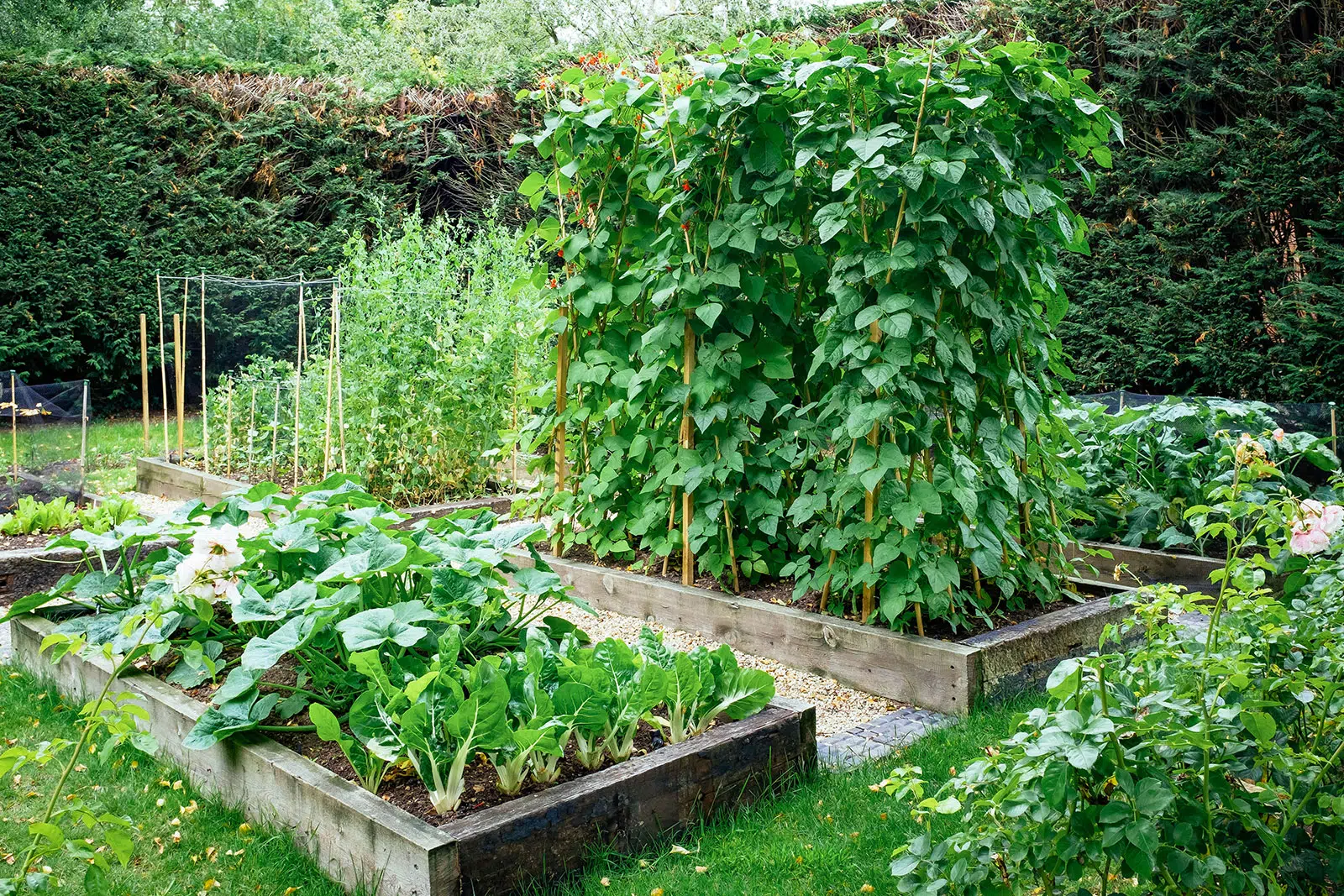
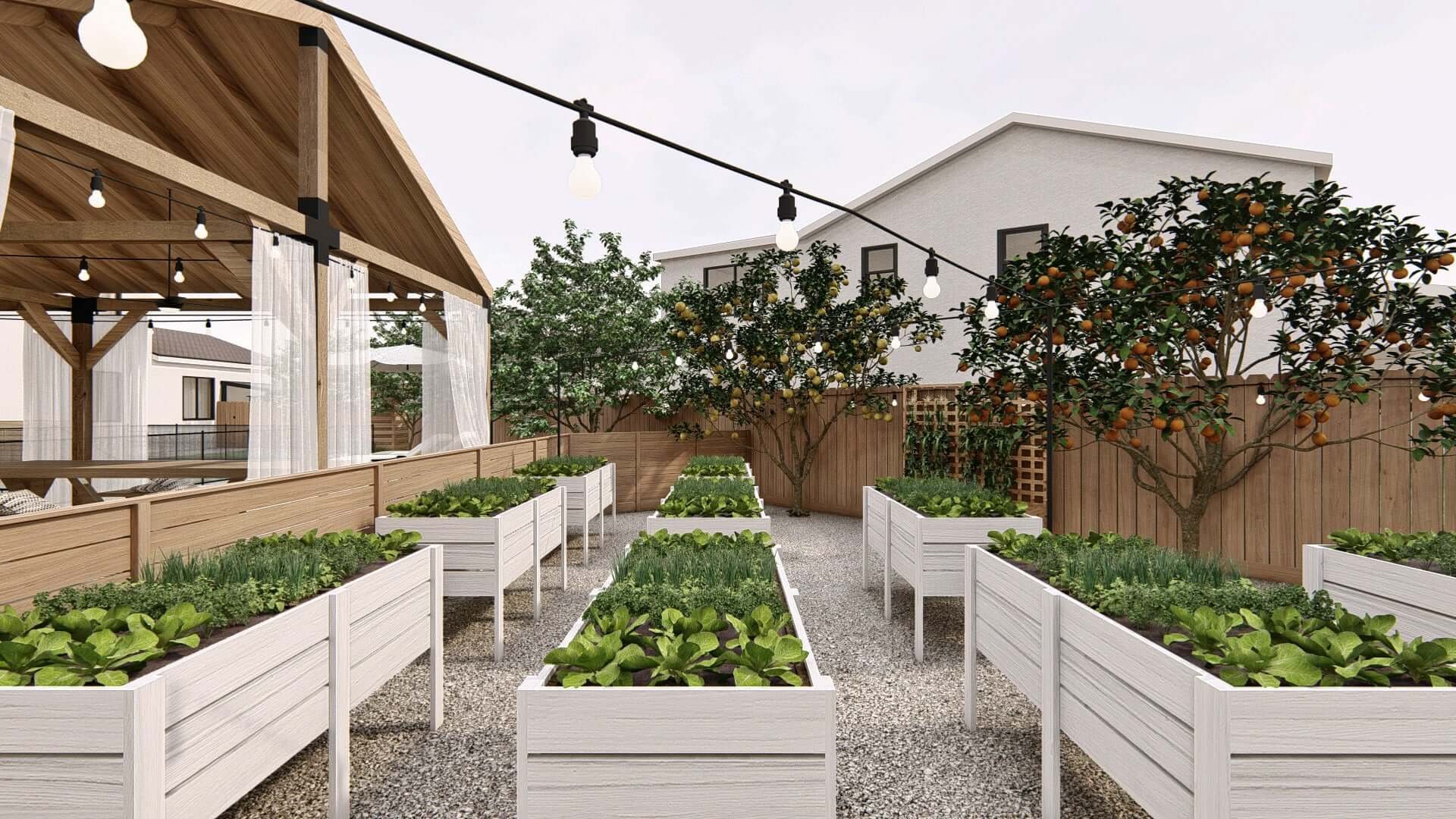
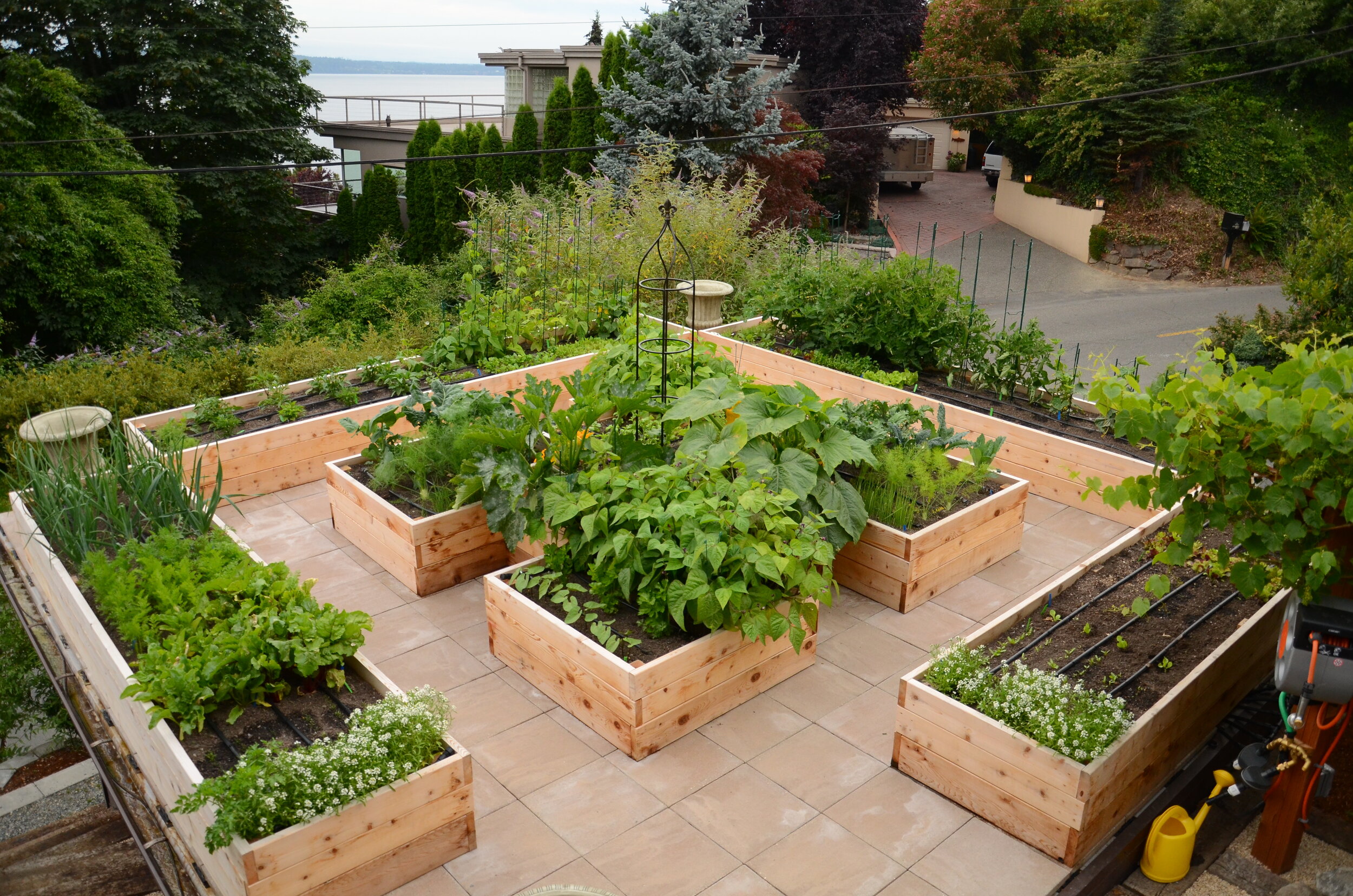
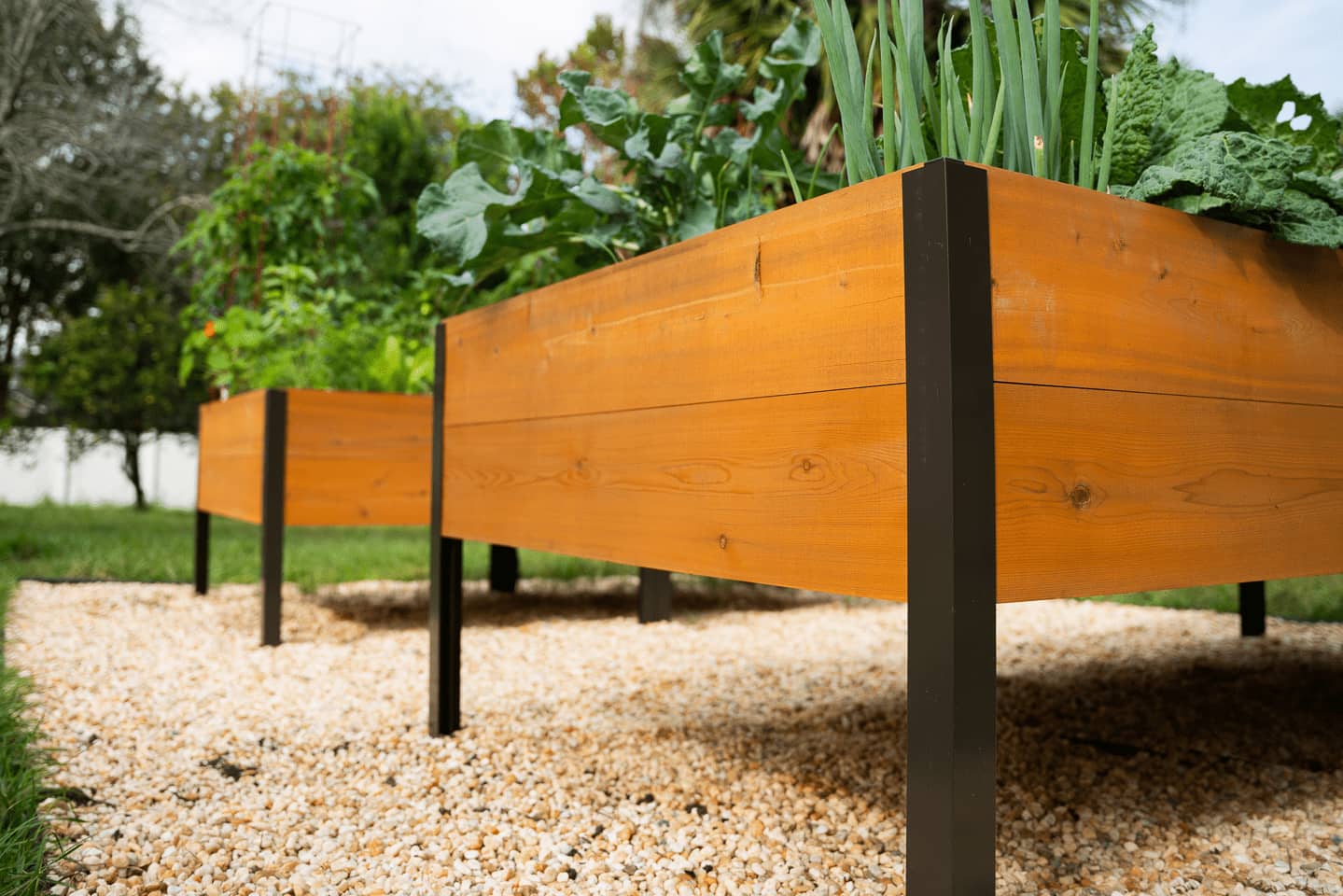
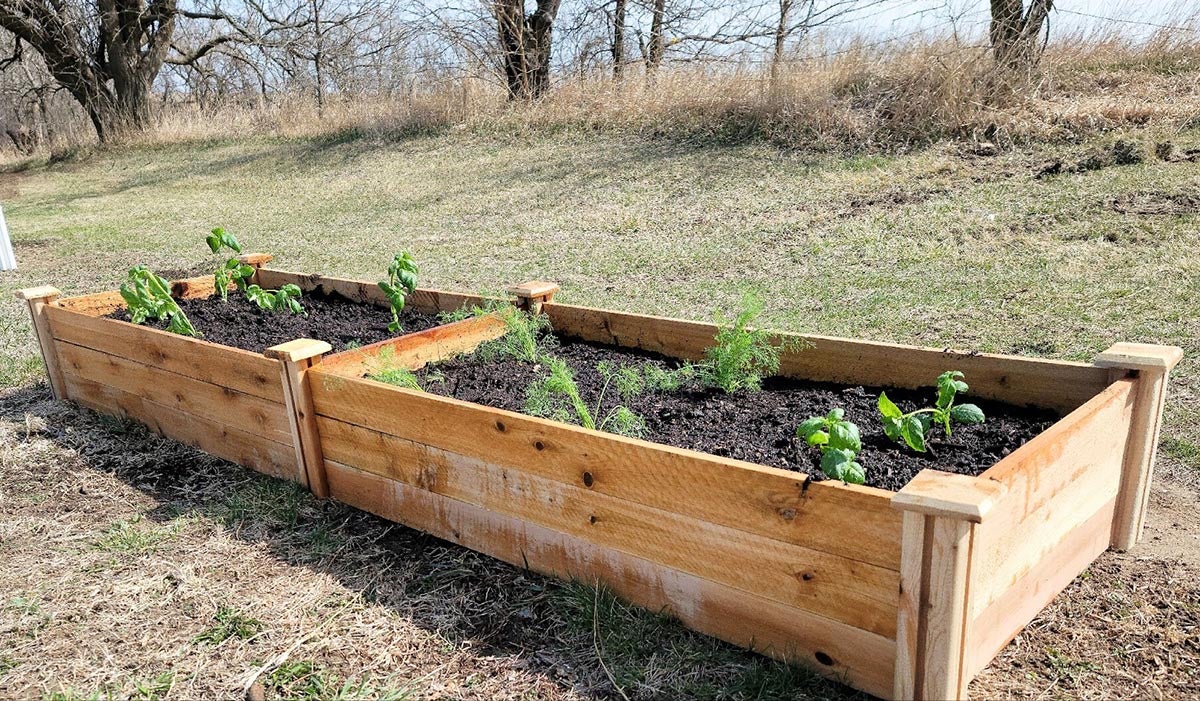

0 thoughts on “What To Put In A Raised Garden Bed For Soil”